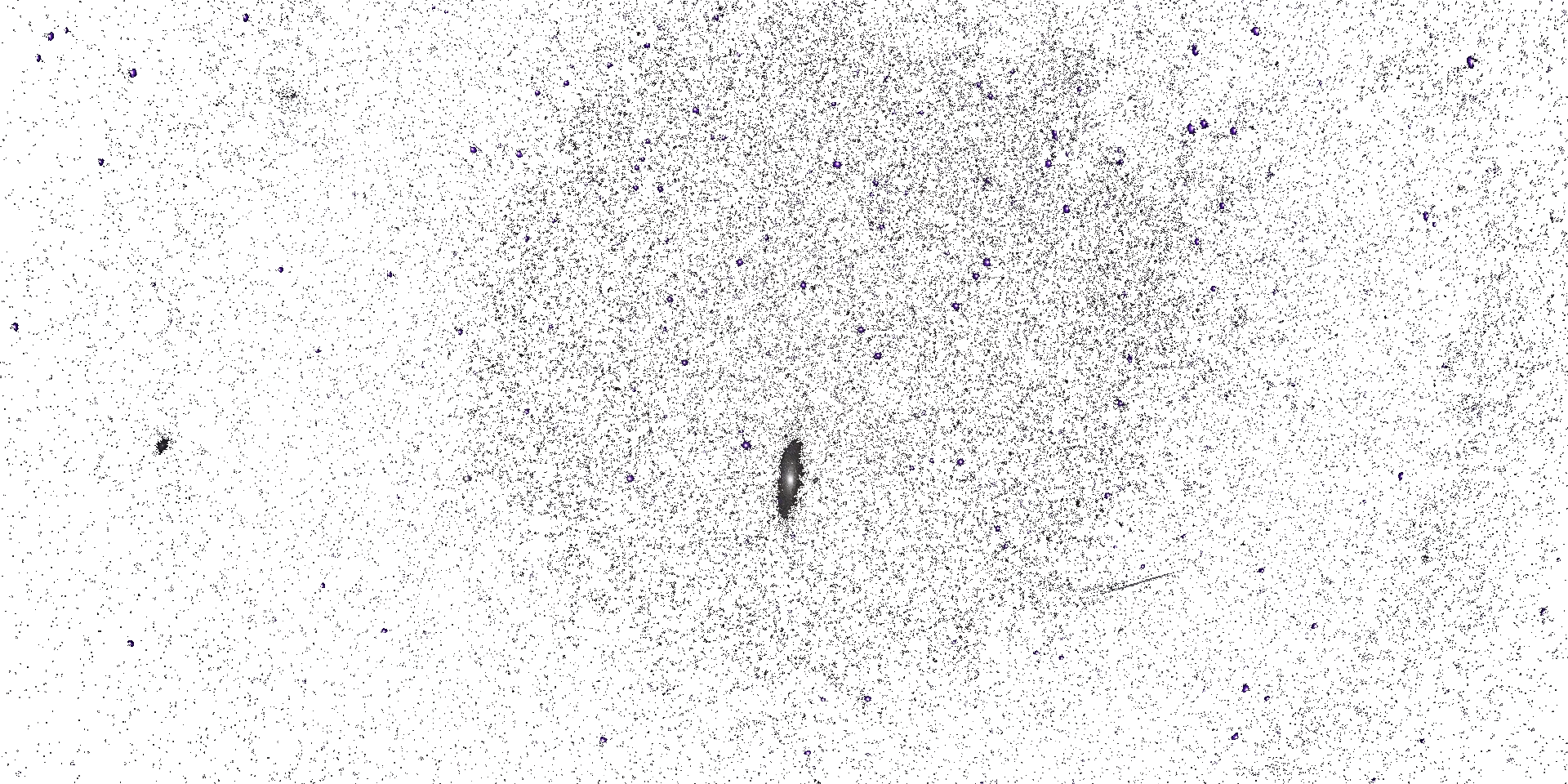




Space Climate 8 Meeting Abstract
COCONUT MHD CORONAL MODEL AS A BASIS FOR EUHFORIA 2.0 SPACE WEATHER FORECAST
Błażej Kuźma (KU Leuven)
Michaela BRCHNELOVA, Barbara PERRI, Tinatin BARATASHVILI, Fan ZHANG, Andrea LANI, Stefaan POEDTS
We developed COCONUT (COolfluid COroNa UnstrucTured) - a novel MHD solar corona model for space weather forecasting. The steady-state solution at 0.1AU is based on pre-processed magnetic maps prescribed on the inner boundary and ideal-MHD equations with gravity solved implicitly on an unstructured grid. Through heavy parallelisation, an optimised CFL profile and other numerical acceleration techniques, we achieved superior convergence with high robustness and reliability even for numerically challenging cases of maximum solar activity. For the chosen set of testcases, COCONUT converged more than 30x faster than the Wind-Predict code, which is a state of art coronal model based on a regular grid with an explicit scheme. For solar minima, our code was able to run without any limiter applied, resulting in accuracy that was even superior that of Wind-Predict. Using the same computational setup on which EUHFORIA is typically ran for space weather forecasting (6 nodes of 36 cores each on the Vlaamse Supercomputer Centre), COCONUT takes 1 to 2 hours to compute solar minima cases and 2-3 hours to compute solar maxima. The ultimate test for every code is comparison of its results with observations, either spaceborne or in situ. The obtained COCONUT results for the maximum and minimum of the solar activity were compared with the observations of magnetic structures obtained during the solar eclipse using the scheme of Wegener et al. (2022). A careful comparison revealed that the magnetic field topology reproduces the position, direction and shape of the streamers with remarkable accuracy which makes it a one-of-a-kind tool potentially able to greatly improve the accuracy of our space weather forecasts with EUHFORIA.
Mode of presentation: oral (Need to be confirmed by the SOC)
